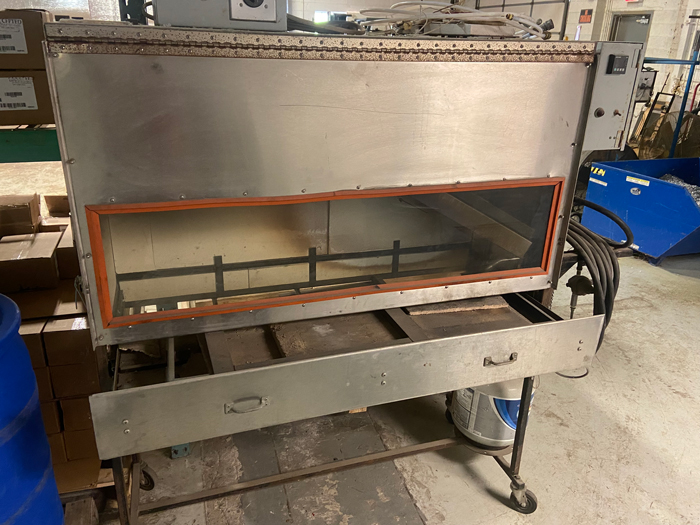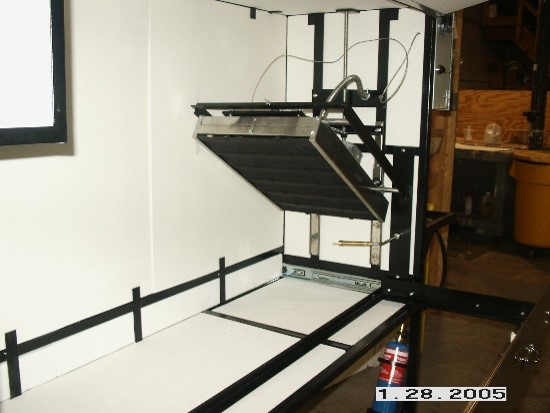Aviation Flammability Testing Services
In addition to our fire protection and thermal management solutions, we offer flammability testing services for the aerospace/aviation industry.

Powerplant Fire Penetration Test
This test is used to show compliance with FARs 25.867, 25.865, 25.1191, and 25.1193
Test Methods:
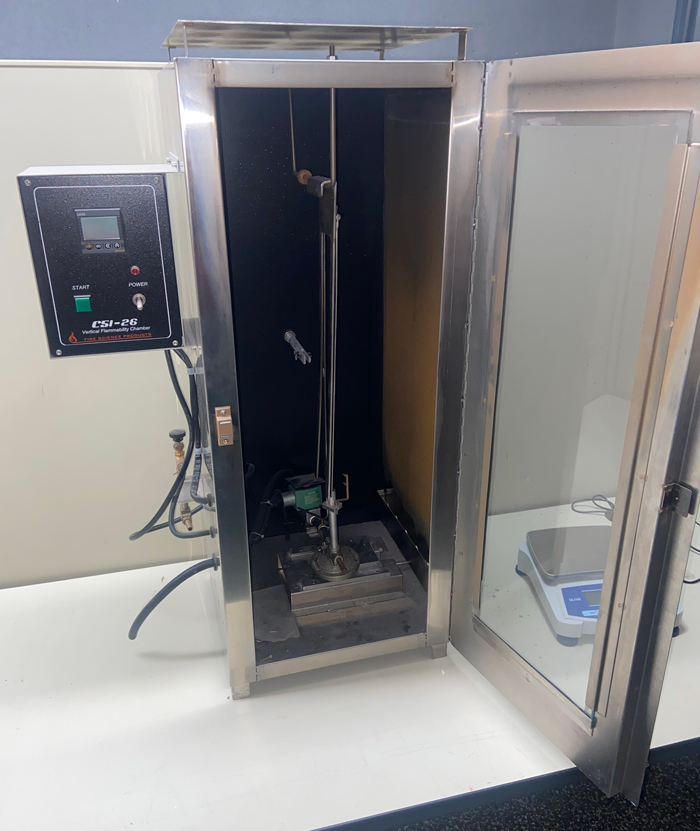
Vertical Bunsen Burner Test for Cabin and Cargo Compartment Materials
This test is used to determine the resistance of aircraft cabin and cargo compartment materials to a small Bunsen burner flame applied to the lower edge for either 12 or 60 seconds. The pass/fail criteria are based on the flame time of the sample after the burner is removed, drip flame time, and burn length, averaged across three test samples.
Test Methods:
Horizontal Bunsen Burner Test for Cabin and Cargo Compartment Materials
This test is used to determine the resistance of aircraft cabin and cargo compartment materials to a small Bunsen burner flame applied at one edge for 15 seconds. The test measures the rate of flame travel across the sample between two points. Pass/fail is based on the burn rate averaged across three test samples.
Test Methods:
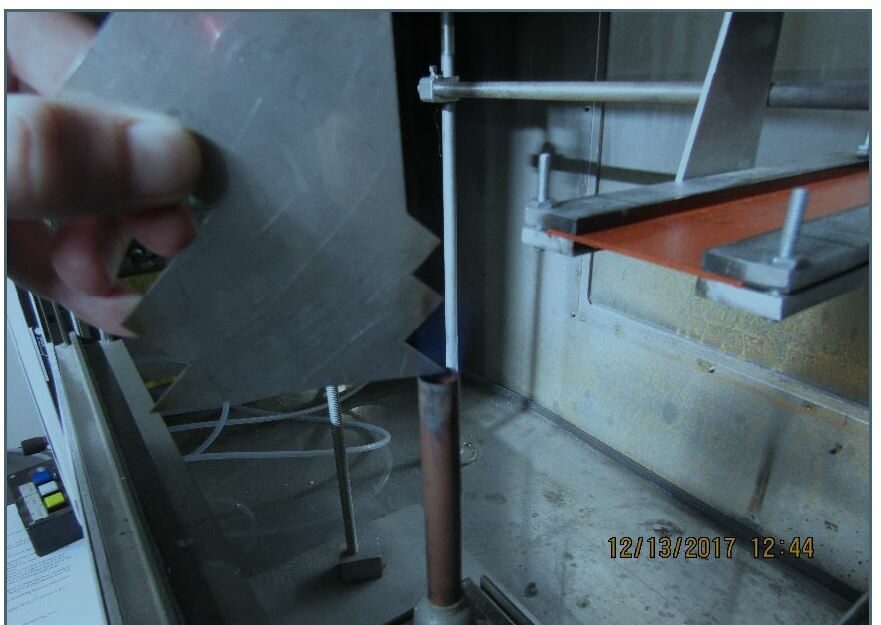
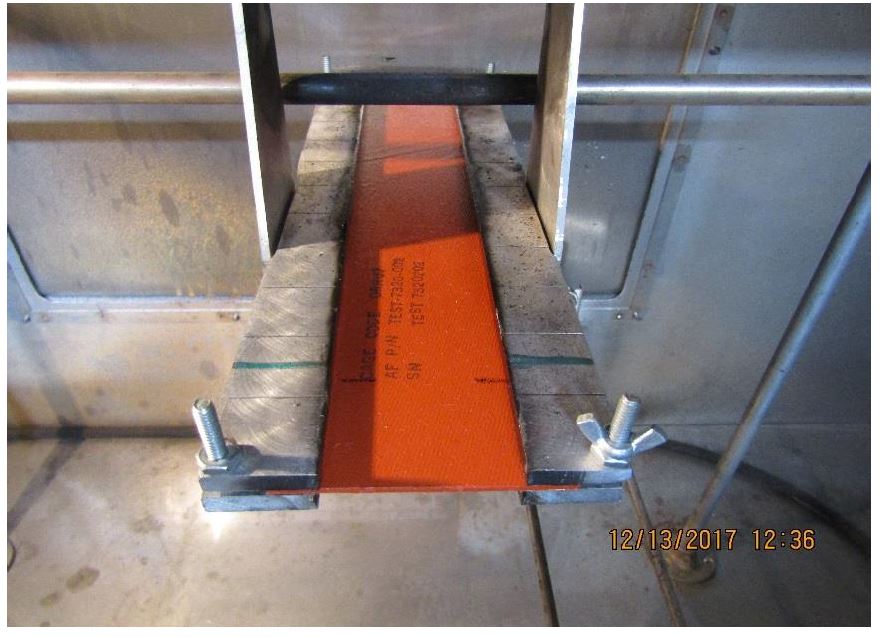
Oil Burner Test for Cargo Compartment Lining Materials
This test is used to determine the flame penetration resistance of cargo compartment lining materials when the ceiling panel is exposed to a high intensity open flame for 5 minutes. The pass/fail criteria is based on flame penetration and the maximum temperature recorded above the ceiling panel.
Test Methods:
Powerplant Hose Assemblies Test
This test is used to determine the capability of aircraft components and constructions to control the passage of fire in powerplant compartments. A test panel is exposed to a high intensity 2,000° open flame for either 5 minutes (fire-resistant) or 15 minutes (fireproof). The pass/fail criteria for panels are based on flame penetration and backside burning. Other components and equipment pass or fail based on continued operation after application of the flame.
This test is used to show compliance with FARs 25.867, 25.865, 25.1191, and 25.1193
Test Methods:
Insulation Flammability and Flame Propagation Test
This test is used to determine the flammability and flame propagation characteristics of thermal and acoustic insulation when exposed to both a radiant heat source and a direct flame for 15 seconds. The pass/fail criteria are based on flame time and burn length.
Test Methods:
